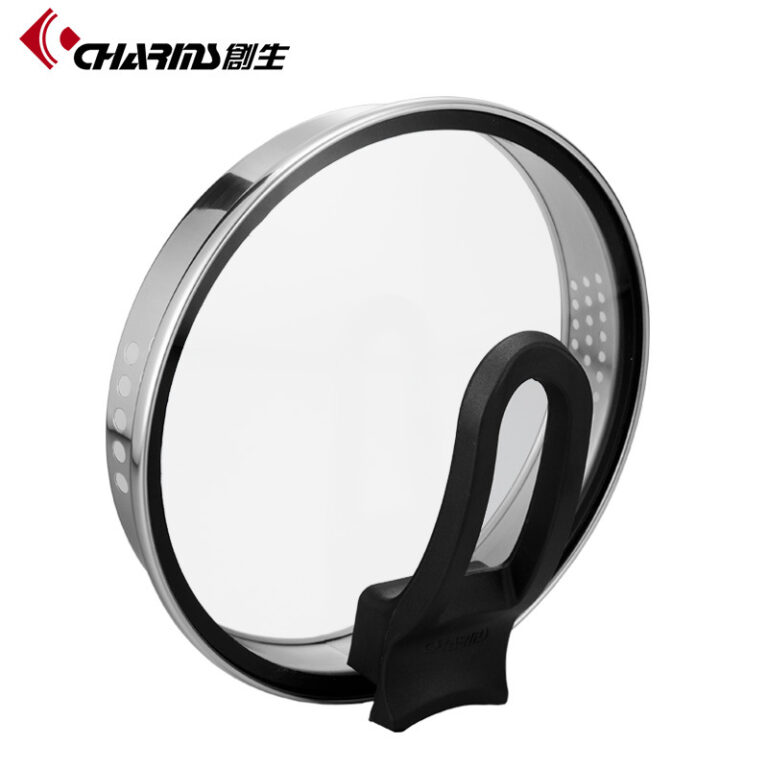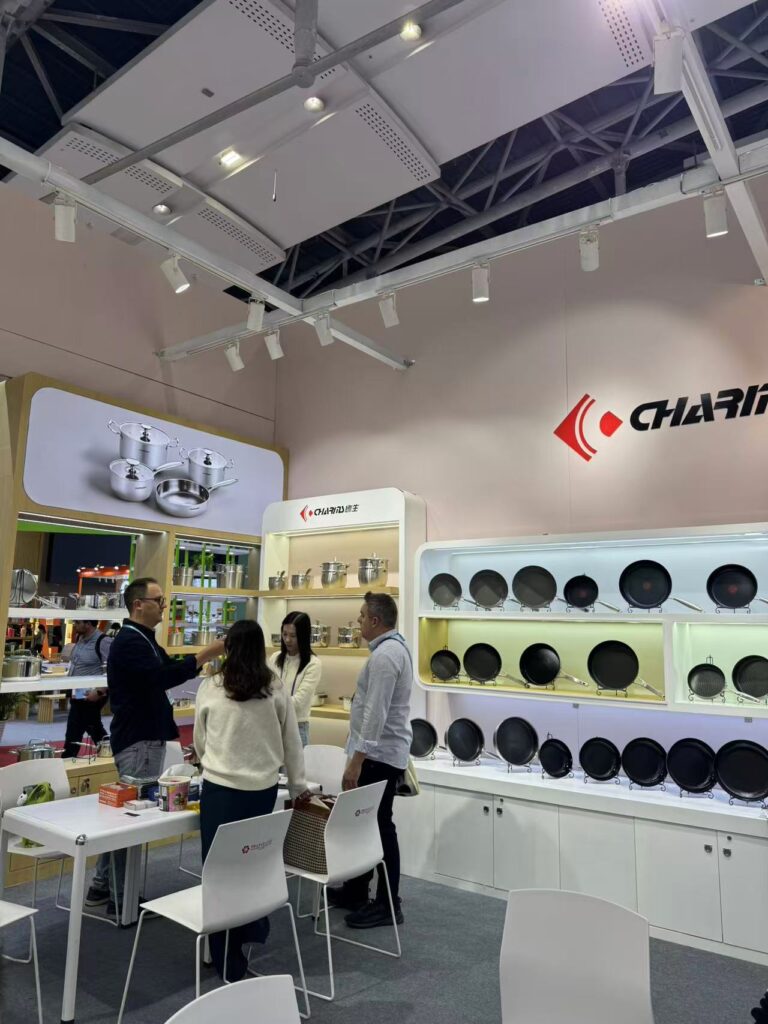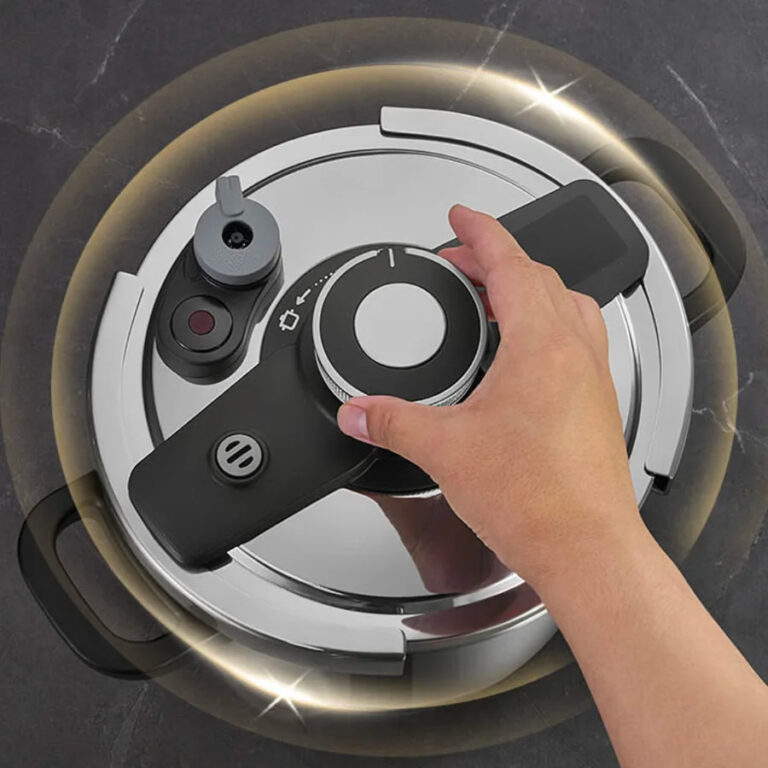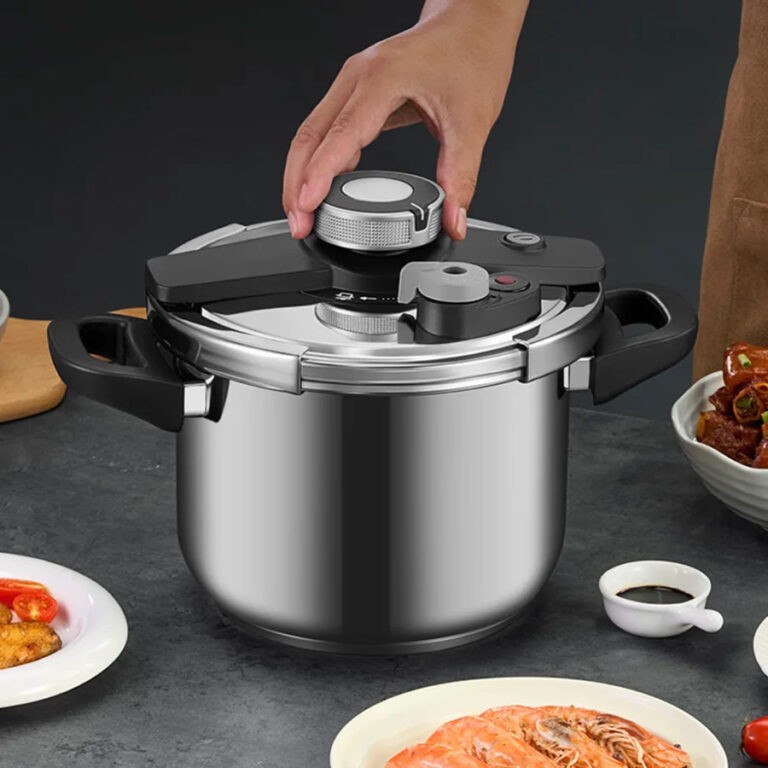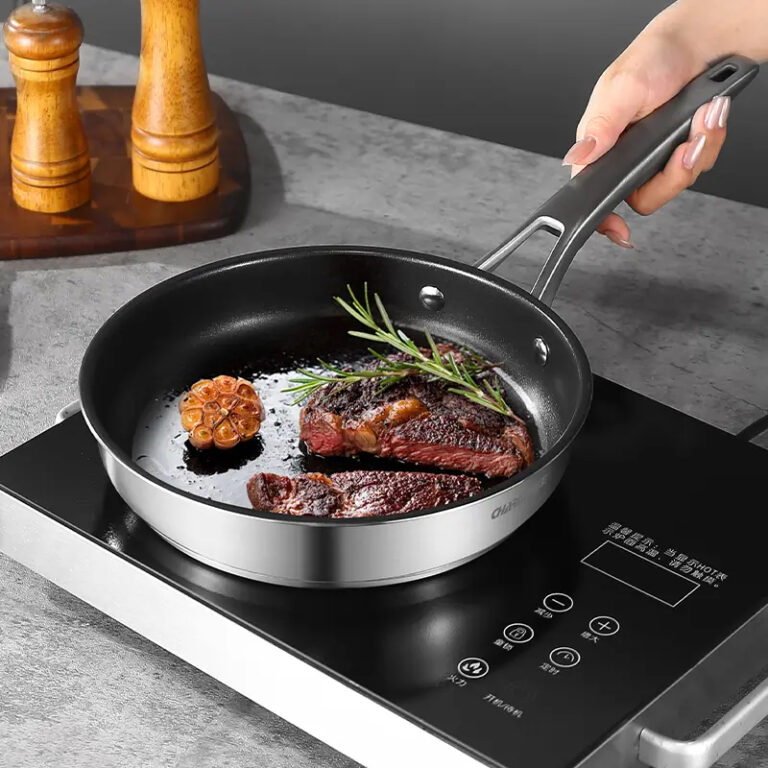Table of Contents
Toggle1. Frying Pan Basics
A frying pan is one of the most commonly used tools in the kitchen. It’s used not only for frying and stir-frying, but also for light stewing. Choosing the right frying pan not only improves cooking efficiency but also enhances the taste of food. Unlike other kitchen utensils, a frying pan’s size, material, and shape directly impact cooking results.
In daily use, many people overlook the size of their frying pan, not realizing it directly impacts even cooking and easy turning of ingredients. Understanding the basics of a frying pan is the first step in choosing the right size. In my years of cooking experience, I’ve found that many families often focus solely on material or price when purchasing a frying pan, overlooking size. This can lead to uneven cooking or insufficient space.
Frying pans are generally categorized into several types: flat-bottomed frying pans, deep-frying pans, grilling pans, and non-stick pans. Flat-bottomed frying pans are ideal for frying eggs and sautéing vegetables; deep-frying pans can handle larger amounts of liquid or oil; grilling pans are suitable for foods that require a seared surface; and non-stick pans are ideal for low-fat cooking and for ingredients that easily stick. The size of each frying pan impacts its convenience.
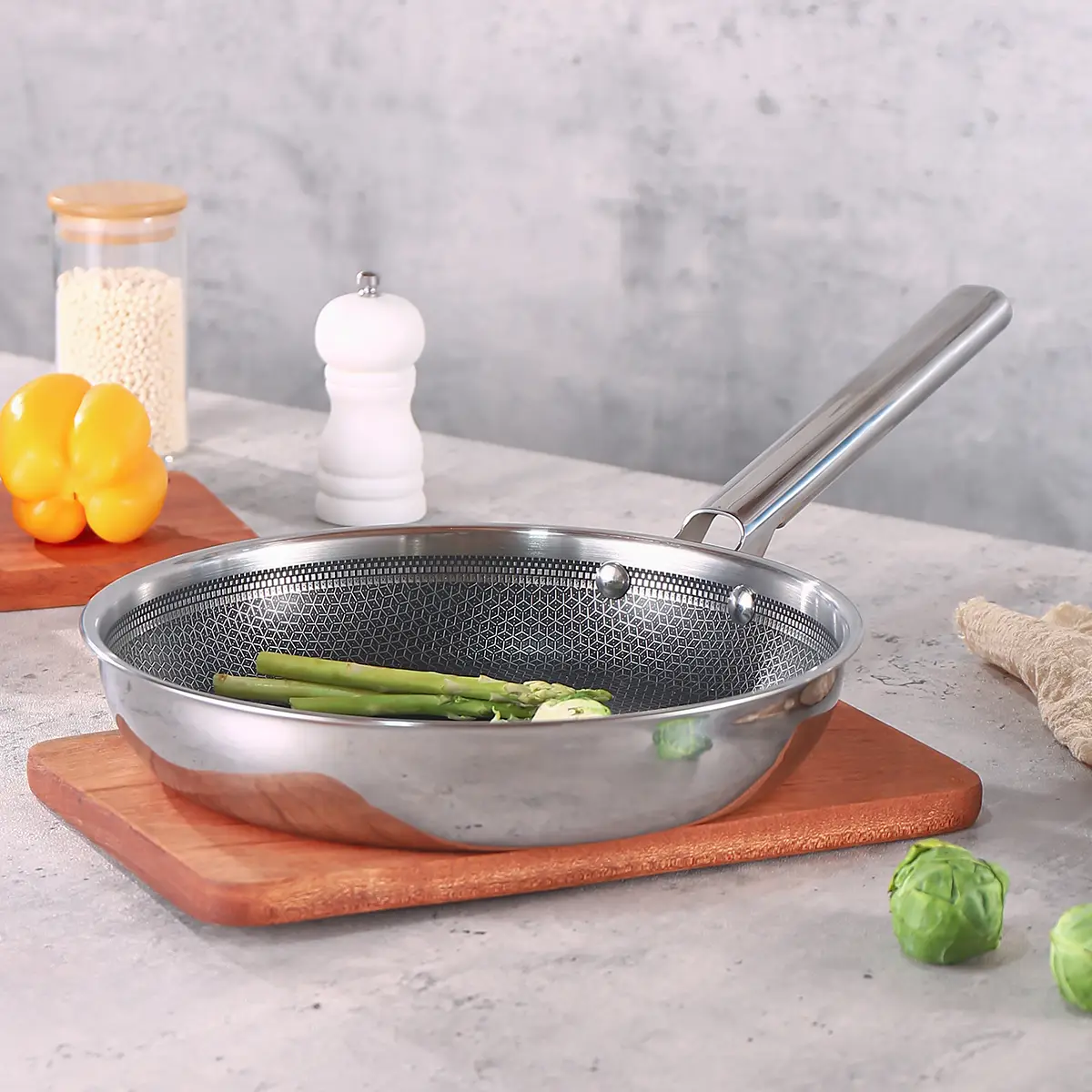
2. Frying Pan Materials Explained
| Material | Pros | Cons | Recommended Use / Experience Tip | Typical Size for Everyday Use |
|---|---|---|---|---|
| Stainless Steel | Durable, even heat distribution, high-temperature resistant | Food may stick if not used properly | Perfect for high-heat cooking like searing steaks | 26 cm is ideal for evenly cooking multiple pieces |
| Cast Iron | Excellent heat retention, ideal for slow-cooking | Heavy, requires maintenance to prevent rust | Best for slow cooking or large cuts of meat | 26–28 cm is suitable for family use |
| Nonstick Coating | Easy to clean, requires minimal oil | Limited lifespan, avoid high-heat dry cooking | Ideal for eggs, fish, and sticky foods | 24–26 cm is versatile for daily use |
| Copper / Composite | Excellent heat responsiveness, precise temperature control | Expensive, requires careful maintenance | Suitable for precise cooking of delicate foods | 24 cm works well for frying fish or vegetables |
3. Why Frying Pan Size Matters?
Frying pan size is usually measured by diameter, ranging from 20cm to 32cm. Choosing the right size directly impacts your cooking experience:
-
Small pans (20–22cm): Suitable for single servings or small quantities, like eggs or bacon.
-
Medium pans (24–26cm): The most versatile size, ideal for two people or a small family, handling one or two portions comfortably.
-
Large pans (28–32cm): Best for families or gatherings, capable of cooking multiple pieces of meat or vegetables at once.

4.Recommended Sizes for Different Cooking Needs
Different cooking scenarios and ingredient types require specific pan sizes:
-
Single Person Cooking:Small pans (20–22cm) are enough for frying one or two eggs or a small portion of vegetables. They heat up quickly and are easy to maneuver. The only limitation is capacity—you cannot cook multiple items simultaneously.
-
Cooking for Two:Medium pans (24–26cm) are ideal. They can cook two to three portions of meat or vegetables at once. In my kitchen, I frequently use a 24cm nonstick pan for eggs, fish, and vegetables—it’s efficient and easy to clean.
-
Family Cooking:Large pans (28–32cm) are practical for multiple servings. Cooking whole chicken breasts or large steaks works well in these pans due to ample space and consistent heat. I recommend cast-iron or composite pans for this purpose to ensure even cooking.
-
Cooking Eggs or Sticky Foods:Nonstick pans around 24cm work best. Smaller pans overheat quickly, and larger pans make flipping difficult. Medium pans strike the perfect balance between capacity and ease of use.
-
Specialty Cooking:For frying fish, crepes, or large cuts of meat, consider a pan larger than 28cm. A bigger cooking surface prevents overcrowding and helps maintain heat, resulting in better cooking outcomes.
5.How to Choose the Right Frying Pan for You
Choosing the right frying pan involves more than size and material. Consider the following factors:
-
Household Size:Match pan diameter to daily cooking volume. Single or two-person households can use pans under 24cm, while larger families may need 28cm or more.
-
Stove Size:Pan diameter should not exceed the heating area. A pan larger than the stove ring will cook unevenly. I always ensure the pan base matches the burner for consistent heat.
-
Cooking Style:Do you sauté quickly or cook slowly? Nonstick pans are ideal for fast, low-oil cooking, while stainless steel or cast iron is better for high-heat searing.
-
Maintenance & Cleaning:Stainless steel and cast iron require maintenance, while nonstick pans are easy to clean but have a limited lifespan. Consider long-term convenience when choosing.
-
Weight and Handling: Cast-iron pans are durable but heavy; nonstick pans are light but scratch easily. Choose a weight that feels comfortable for daily use.
-
Budget & Value: High-end materials cost more but often provide better cooking performance. Balance material, size, and durability based on your budget.

6. Conclusion
The size of a frying pan directly affects cooking efficiency, the uniformity of heat distribution, and the convenience of operation. Here are some common ones:
- Small frying pan (20-22 cm): Suitable for single-person portions or small amounts of ingredients.
- Medium-sized frying pan (24-26 cm): The most common choice for daily cooking.
- Large pot (28-32 cm) : Suitable for families or larger portions.
- Material selection: Choose stainless steel, cast iron, or non-stick pans according to cooking habits and ingredients.
- Overall selection: Consider the size of the furnace, ease of use, maintenance and budget.
Charms Cook is a stainless steel cookware manufacturer, if you are looking for the right manufacturer for your project, please explore our website or contact our team directly!


